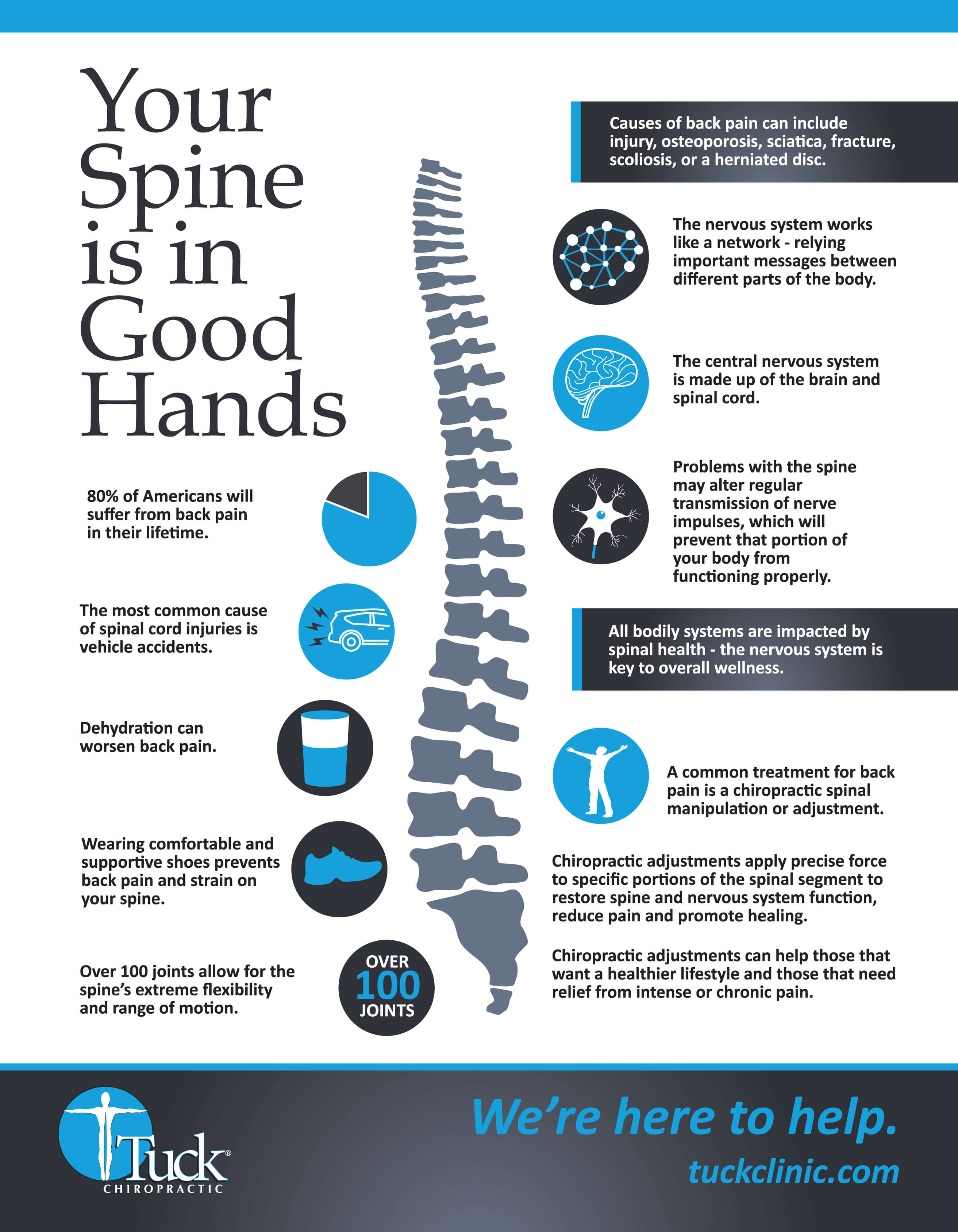Examine The Physical Components That Are Driving New Approaches To Reduce Back Pain
Examine The Physical Components That Are Driving New Approaches To Reduce Back Pain
Blog Article
Published By-Adler Stryhn
As you think about the future landscape of back pain therapy, envision a world where technology perfectly intertwines with typical therapies to supply unique services. Visualize https://www.healthline.com/health/piriformis-massage where virtual reality not just delights but also heals, where robot accuracy redefines minimally intrusive procedures, and where psychophysiological feedback encourages people in their pain management trip. The developments in neck and back pain treatments are not simply theoretical scenarios however tangible facts forming the way we come close to and reduce this common condition.
Virtual Reality Treatment for Pain In The Back
Are you tired of standard therapies for your pain in the back? Virtual Reality Therapy uses an unique technique to handling your pain. By involving yourself in an online setting, you can distract your mind from the discomfort signals being sent out to your mind, giving relief in an one-of-a-kind and ingenious method.
Utilizing specific VR headsets, you can take part in different activities and simulations designed to target specific locations of your back that are causing you discomfort. These immersive experiences can help you unwind tense muscle mass, enhance your pose, and enhance your general movement.
Furthermore, virtual reality treatment can additionally assist in decreasing anxiety and anxiety degrees, which are usually adding elements to back pain.
Think of having the ability to go through treatment without the need for medication or intrusive procedures. With Virtual Reality Therapy, you have the opportunity to handle your pain in the back in a secure and non-intrusive manner.
Robotic-Assisted Neck And Back Pain Therapies
Using cutting-edge robotic technology, pain in the back treatments have actually advanced to incorporate robotic help in targeting and addressing specific areas of pain in an exact and regulated manner.
Robotic-assisted pain in the back therapies supply a high degree of precision and personalization, permitting more efficient and customized treatment for individuals experiencing back pain. These robotic systems can do minimally intrusive treatments with boosted accuracy, minimizing the risk of complications and boosting results.
Robotic-assisted treatments offer cosmetic surgeons with real-time feedback and imaging, enabling them to navigate the spinal column with unmatched precision. By using robot arms or gadgets, doctor can access hard-to-reach locations with higher convenience, bring about more successful interventions.
Furthermore, these technologies can adjust to the person's motions during surgical procedure, making sure a much safer and more dependable procedure.
Psychophysiological Feedback Innovation in Back Pain Monitoring
With the development of technology in back pain therapies, psychophysiological feedback innovation becomes a valuable device in handling and reducing pain connected with back pain. Psychophysiological feedback allows you to gain understanding and control over physical features that are typically uncontrolled, such as muscular tissue stress and heart rate.
By using https://chiropractorwithmassageth07394.slypage.com/30780673/alternative-healing-checking-out-the-globe-of-chiropractic-care-medication to keep track of these functions, psychophysiological feedback devices give real-time data that allows you to make mindful changes to reduce pain and anxiety levels. With visual or auditory signs, psychophysiological feedback assists you comprehend how your body responds to different scenarios, equipping you to customize your behavior and improve physical health.
This innovation advertises leisure, enhances pose, and help in muscular tissue re-education, every one of which are important components in handling back pain successfully. By integrating psychophysiological feedback into your back pain management strategy, you can take an active role in your therapy and achieve lasting relief from discomfort.
Conclusion
To conclude, the future of pain in the back treatment looks bright with the developments in virtual reality treatment, robotic-assisted treatments, and psychophysiological feedback innovation. These emerging technologies supply cutting-edge services to reduce neck and back pain, enhance flexibility, and improve overall quality of life. With continued r & d, these cutting-edge treatments have the prospective to reinvent the means we come close to and treat back pain, supplying wish for those seeking efficient and tailored services.
